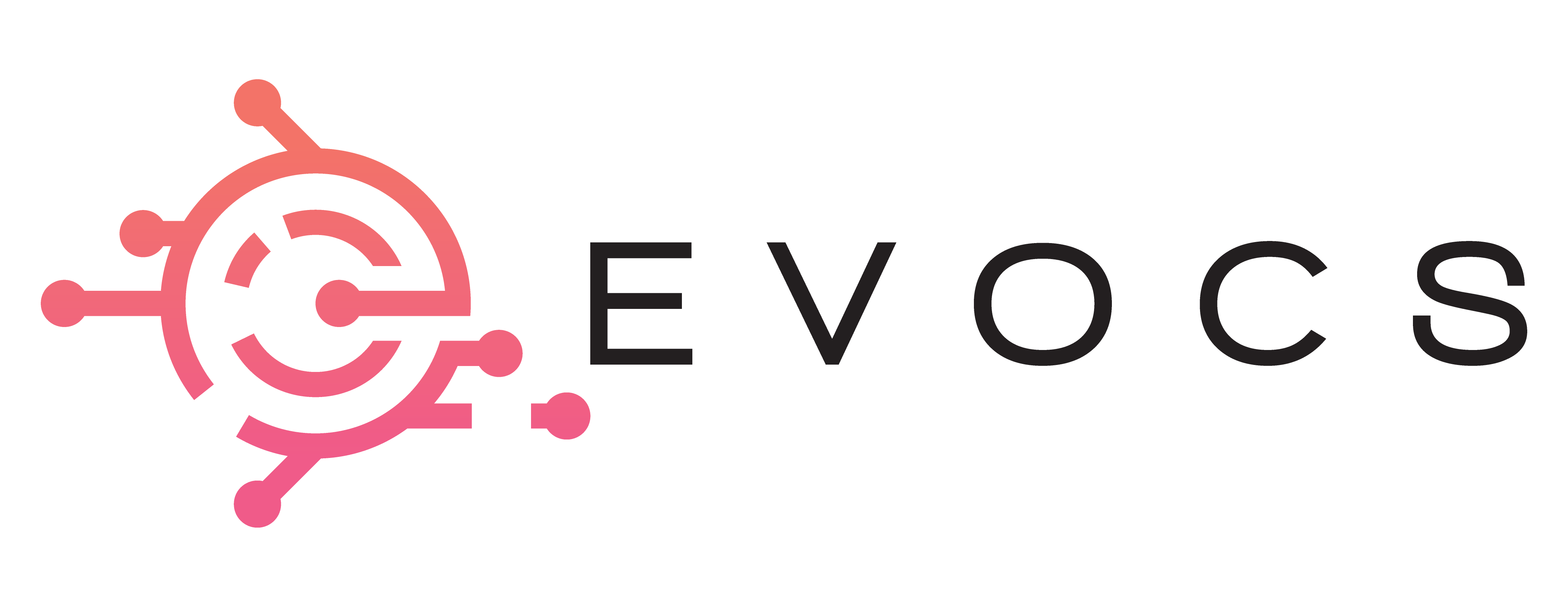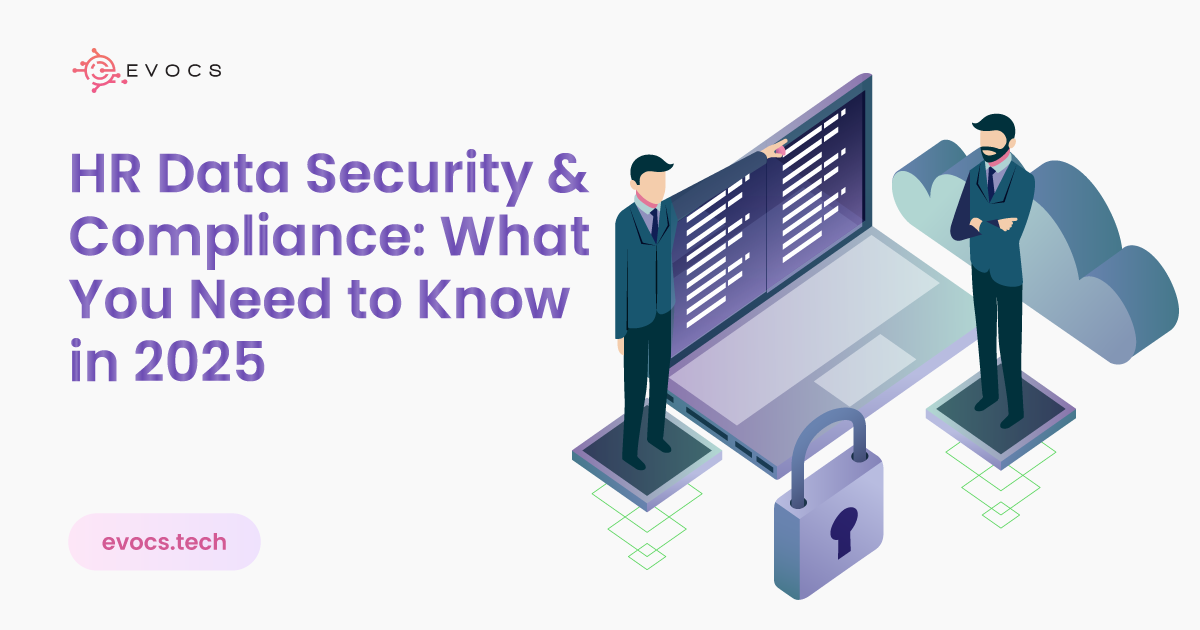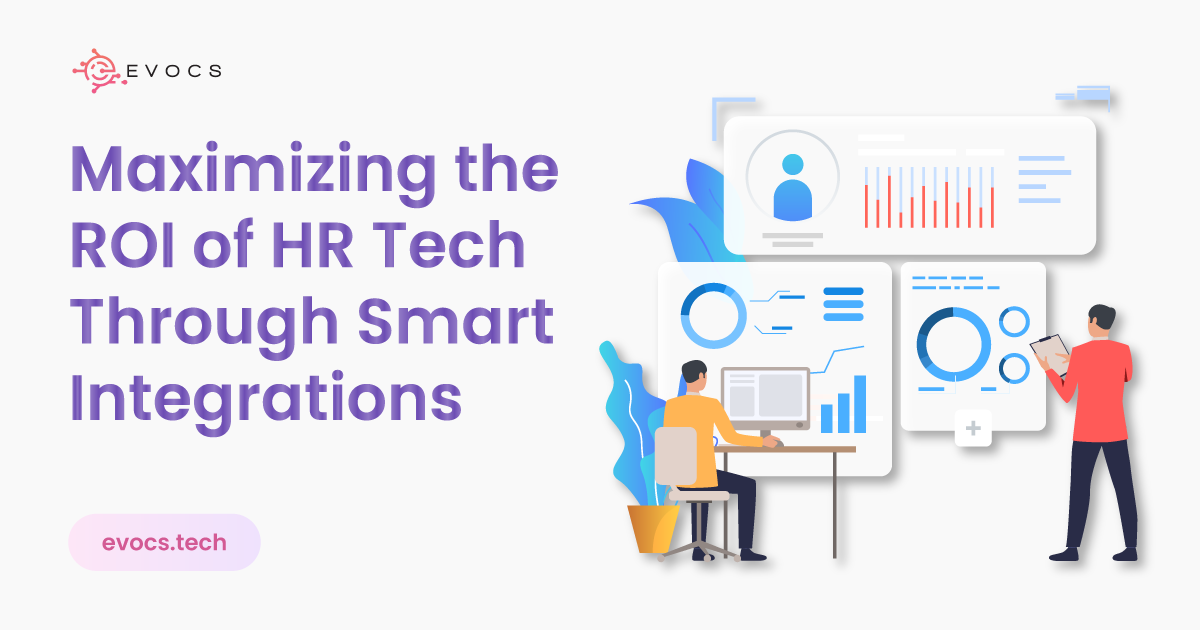HR Data Security & Compliance: What You Need to Know in 2025
The HR department manages sensitive organizational information encompassing Social Security numbers, payroll management, health records, and employee performance reviews. The increased digitization of HR systems expands the risk of exposure to unauthorized data breaches, compliance violations, and data access issues. Companies should focus on leading emerging global compliance standards and enhancing HR data protection because new regulations will take effect by 2025. The article examines present-day best practices for safeguarding HR data, ensuring that HR data and requirements remain compliant, and adequately incorporating security solutions in HR technology systems. The Growing Importance of HR Data Security Why Is HR Data a Prime Target for Cyber Threats? Employee personal identifiable information (PII) resides in HR systems within multiple database segments. HR systems maintain employee banking data together with their tax-related data. Social Security numbers & identification data Health and benefits records Performance evaluations & disciplinary actions Payroll, compensation, and direct deposit details The reason behind cybercriminals targeting HR databases is the following sequence of factors: Processors of stolen employee data can execute identity theft schemes for committing fraud. Through hacking, criminals can steal money from the payroll system to suit their financial objectives. Ransomware attacks target HR systems because they contain highly valuable dataset information. Organizations’ information: Organizations’ sensitive information can be compromised through misbehavior or accidental actions by company personnel or employees in the HR department. HR Data Breaches: The Cost of Non-Compliance When HR data is breached, the results include profound financial loss and severe damage to the organization’s reputation. The average data breach cost reported in IBM’s 2024 Cost of a Data Breach Report reached $4.45 million, while both HR and payroll data categories experienced a high frequency of attacks. Here are the results that follow a breach of HR data: Regulatory fines from non-compliance with labor laws and data privacy regulations. Organizations face legal consequences whenever employee PII becomes exposed. The breach of trust causes employees to leave. The recovery of compromised data and the recovery efforts by HR teams create operational disturbances. HR Compliance in 2025: Key Regulations to Know 1. General Data Protection Regulation (GDPR) – Europe The Human Resource management teams must fulfill several requirements to meet GDPR standards, which function as the data privacy benchmark. Your organization requires direct employee approval whenever data processing occurs. The organization should minimize its data collection to necessary information alone. Employees must be able to obtain information about their data and be free to delete it or move it to other systems. Report breaches within 72 hours. 2. California Privacy Rights Act (CPRA) – United States CPRA extends the rights established by CCPA by providing employees with data correction and deletion capabilities. Staff members have greater control over their employee data to modify and remove it. More substantial penalties for mishandling sensitive HR data. Mandatory risk assessments for companies processing large-scale HR data. 3. AI Regulations Impacting HR Tech AI adoption across recruiting, performance evaluations, and payroll systems has led governments to implement new regulations. The EU AI Act sets regulations to control AI applications throughout the hiring process and human resource-based decisions. The US AI Bill of Rights creates restrictions for AI bias while defining policies regarding automated employee surveillance. 4. The Federal Trade Commission (FTC) and HR Data Security The Federal Trade Commission implements data security regulations on businesses that process employee information. The updated version of the Safeguards Rule set to be implemented in 2025 contains the following requirements: All HR data, during storage and transmission, must be encrypted through proper procedures. Multi-factor authentication (MFA) for HR platforms. The organization should provide regular cybersecurity training to all its HR personnel. 5. Industry-Specific HR Data Regulations Financial organizations and healthcare providers must follow rigorous regulations to safeguard their human resources data, according to HIPAA for healthcare, SOX for finance, and FERPA for the education sector. HIPAA (Healthcare) – Protects employee medical records. SOX (Finance & Public Companies) – Requires HR payroll data integrity. FERPA (Education Sector) – Covers faculty and student data protections. Best Practices for HR Data Security in 2025 1. Implementation of zero-trust security principles Under Zero Trust principles, all users, including external parties, do not receive automatic trust privileges. The following zero-trust strategies apply to human resources technology and its protection framework: Workers gain access to their specific required information through the least privileged method. HR logins must demand reauthentication as part of continuous authentication procedures. Micro-segmentation, which separates HR databases from other corporate systems. 2. Encryption of Resting Periods and Transit Transfers of HR Data Encryption protects HR records against illegal access even when the files get stolen. An encryption system for stored databases will ensure the security of HR data at rest. The protection of moving HR data within networks happens through In-transit encryption implemented with SSL/TLS technology. The end-to-end encryption mechanism (E2EE) protects HR data from sender to receiver during its complete transit. 3. Strong Identity & Access Management (IAM) systems Companies should follow these steps to stop unauthorized personnel from accessing their HR data: Require multi-factor authentication (MFA) for all HR applications. The permission system should utilize role-based access control (RBAC) to maintain secure control of HR personnel activities. Monitor HR system logins for suspicious activities. 4. Secure HR Tech Integrations HR systems often integrate with: Payroll processing software Benefits administration platforms Performance management tools The prevention of data leaks requires HR teams to undertake these measures: Use APIs with secure authentication protocols (OAuth 2.0, SAML). Conduct regular security audits of third-party HR vendors. Restrict data-sharing permissions between platforms. 5. Tracking mechanism for real-time data breaches Implement AI-powered security tools that enable the system to identify atypical login behaviors when staff access HR data outside their working time. For example: Alerting systems should raise alarms when extensive data are extracted because such actions suggest potential employee threats. The detection system should use anomalies to uncover payroll fraud activity. 6. Regularly Train HR Teams on Cybersecurity People committing mistakes have emerged as a primary factor that results in



